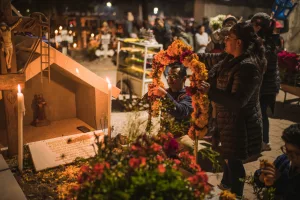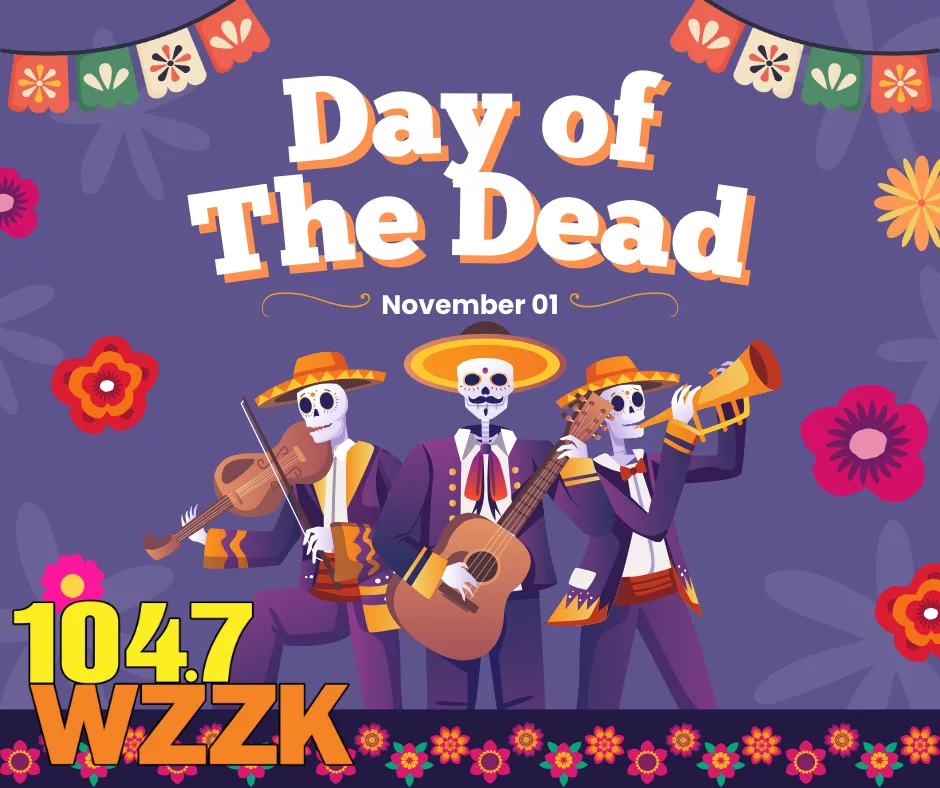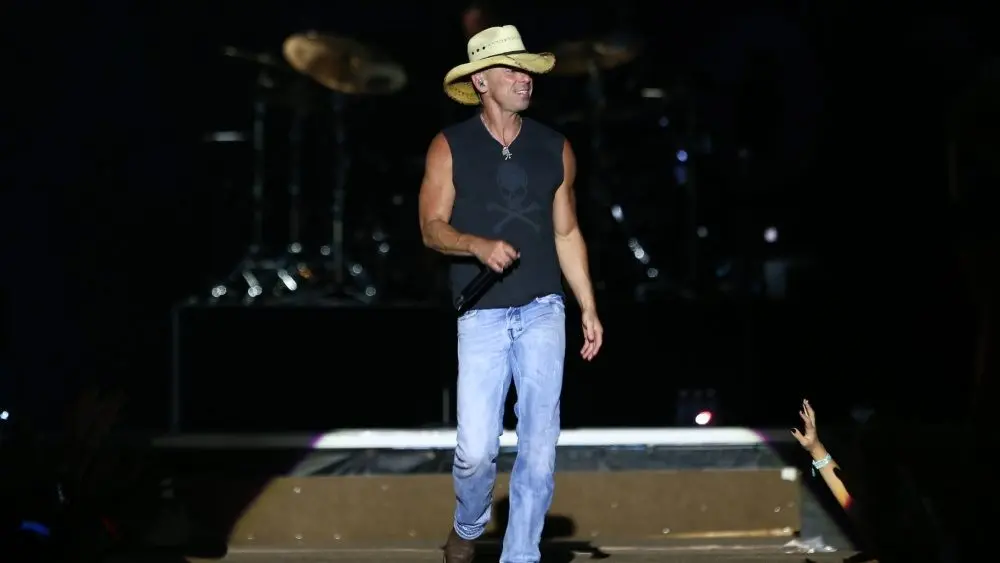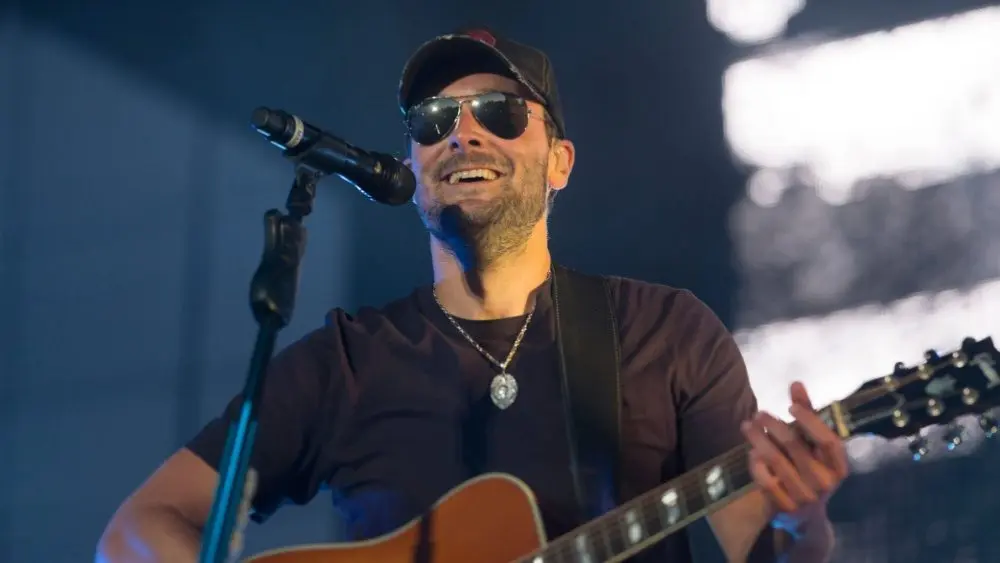While trick-or-treaters may have flooded the streets on Halloween, many residents soon after began preparing to honor and celebrate a rich cultural tradition that has its roots in Mexico: Día de los Muertos.
Día de los Muertos, or Day of the Dead, is a vibrant two-day celebration that aims to reunite the living with the dead. This unique observance is often seen as a joyful celebration of life, dedicated to remembering and honoring loved ones who have passed away. It is a time when families come together to reflect on the lives of those they have lost, sharing stories, memories, and laughter, which helps to keep the spirits of the deceased alive in their hearts.
Unlike the somber mood that typically surrounds most gatherings related to death, Día de los Muertos is viewed as an annual occasion where the dead are believed to return to their families for a brief period. This perspective transforms the event into a festive occasion filled with love, remembrance, and joy, rather than sorrow and grief.
Among the most recognizable features of Día de los Muertos celebrations are the colorful skulls, which often depict death in a light-hearted and humorous manner. These skulls, known as calaveras, can be found in various forms, from sugar candies shaped like skulls to intricately designed clay decorations. Additionally, face painting is a popular activity during this time, with many people painting their faces to resemble these vibrant skulls. The use of calaveras serves as a reminder that death is a natural part of life and should be embraced rather than feared.
The celebration officially begins on November 1 at midnight with “Día de los Angelitos,” or “Day of the Little Angels.” This special day is dedicated to honoring and remembering children who have passed away. It is believed that these little angels are reunited with their families for a period of 24 hours, allowing parents and loved ones to celebrate their lives and the joy they brought during their time on Earth. Families often create altars, or ofrendas, adorned with photographs, favorite foods, and toys of the deceased children, creating a warm and inviting space for their spirits to return.
The Día de los Muertos celebrations are vibrant and diverse, reflecting the city’s rich cultural tapestry. Events often include parades, art exhibits, and community gatherings, where people of all ages come together to honor their ancestors. This celebration not only strengthens family bonds but also fosters a sense of community, as everyone participates in remembering and celebrating the lives of those who have gone before them. Through these traditions, Día de los Muertos continues to thrive, reminding us all of the importance of cherishing our loved ones, both living and deceased.

SOURCE:
Photo-Istock








